Maintaining proper tire pressure is crucial for optimal vehicle performance, fuel efficiency, and safety, and the tire pressure monitoring system (TPMS) in your Jeep plays a key role in this regard. If you’ve recently adjusted your tire pressure or replaced a tire, knowing how to reset the Jeep tire pressure sensor is essential to ensure accurate readings.
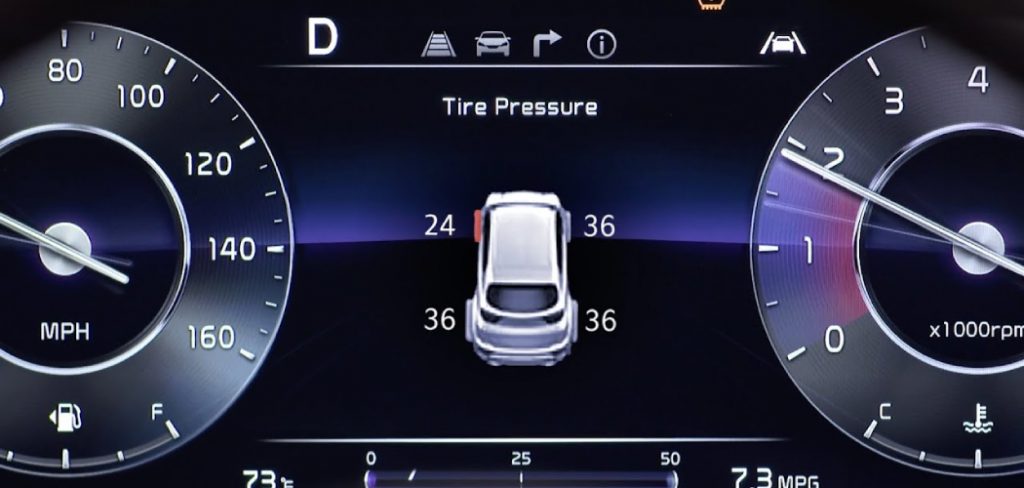
In this comprehensive guide, we’ll walk you through the step-by-step process of how to reset jeep tire pressure sensor, providing clarity for both new and experienced drivers.
From accessing the TPMS reset button to understanding the specific procedure for your Jeep model, we’ll demystify the task, empowering you to take control of your vehicle’s tire pressure monitoring system and maintain a safe and efficient driving experience. Join us on this journey as we explore the nuances of resetting the Jeep tire pressure sensor, offering valuable insights for proactive vehicle maintenance.
Importance of Resetting the Tire Pressure Sensor
The importance of resetting the tire pressure sensor in your Jeep cannot be overstated. The sensor forms a critical part of the TPMS, continuously monitoring the air pressure in your tires and alerting you in case of drastic changes. Regular resetting of the sensor ensures its accuracy and responsiveness, which is pivotal for your safety on the road.
If the sensor is not reset after a tire change or pressure adjustment, it may provide false readings, leading to potential under or over-inflation. These conditions can result in reduced fuel efficiency, impaired road handling, increased tire wear, and in severe cases, blowouts. Therefore, resetting the jeep tire pressure sensor is a fundamental aspect of responsible vehicle maintenance.
Understanding Tire Pressure Sensors
Tire pressure sensors form the core of your Jeep’s Tire Pressure Monitoring System (TPMS). These sensors, located within each tire, measure the air pressure and transmit this data to your vehicle’s onboard computer system.
If the pressure in one or more tires falls below the recommended level, the TPMS activates a warning light on your dashboard. This light is your cue to check and adjust tire pressure as needed. Likewise, if the pressure is too high, the sensor will trigger the same alert, cautioning you to let out some air.
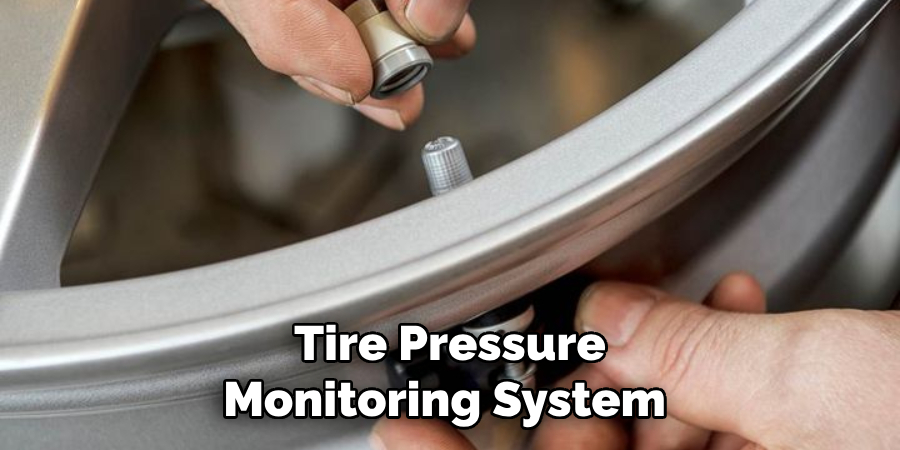
The sensors are battery-powered and typically last between 5-10 years, but their lifespan can be affected by factors such as driving conditions and frequency of use. Understanding how these sensors work aids in appreciating their importance in vehicle safety and maintenance, and underscores the need to know how to reset Jeep tire pressure sensor.
Reasons for Resetting the Tire Pressure Sensor
Often, there are various circumstances that necessitate the resetting of your Jeep tire pressure sensor. These are typically situations where your tires have undergone changes in pressure owing to different factors:
- Tire Replacement or Rotation: Whenever you have a new tire installed or your tires rotated, the sensor needs to be reset to calibrate it with the new tire pressures correctly.
- Seasonal Changes: Tire pressures can fluctuate with changes in ambient temperature. As the seasons change, particularly from warm to cold weather, your tire pressure can decrease. Conversely, as the weather warms, tire pressure can increase. To maintain accurate readings, it’s prudent to reset the sensor after significant seasonal changes.
- Pressure Adjustment: If you’ve manually adjusted your tire pressure for any reason, such as off-roading or towing, you’ll need to reset the sensor once you revert to your normal tire pressure.
- Sensor Replacement: If the sensor itself has been replaced, a reset is necessary to sync the new sensor with your Jeep’s onboard computer system.
Each of these situations can affect the tire pressures and hence the corresponding TPMS readings. Therefore, understanding how to reset Jeep tire pressure sensor is essential for maintaining optimal tire pressure, ensuring vehicle safety, and prolonging the life of your tires.
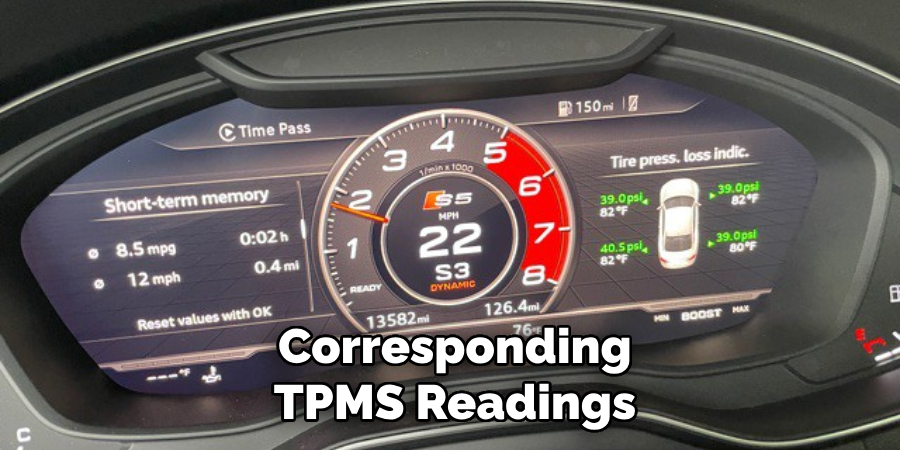
10 Methods on How to Reset Jeep Tire Pressure Sensor
1. To Improve Mental Health
Resetting can be a great way to improve mental health. Whether it’s taking a break from technology, practicing mindfulness, or simply taking some time for yourself, resetting can help reduce stress and anxiety and improve overall well-being.
2. To Increase Productivity
Sometimes we get stuck in a rut and find ourselves struggling to be productive. Resetting can help to break this cycle by giving us a fresh start and renewed motivation. It allows us to step back, re-evaluate our goals and priorities, and come back with a clear mind ready to tackle tasks efficiently.
3. To Break Bad Habits
Resetting can also be beneficial for breaking bad habits. By consciously making an effort to reset our routines and behaviors, we can create new habits that are healthier and more productive.
4. To Reconnect with Loved Ones
In our busy lives, it’s easy to lose touch with loved ones or become disconnected due to technology overload. Resetting can provide the opportunity to disconnect from distractions and focus on spending quality time with family and friends.
5. To Get Out of a Negative Mindset
When we’re feeling down or stuck in a negative mindset, resetting can help us shift our perspective and find more positivity in our lives. It allows us to let go of negative thoughts and emotions and approach situations with a fresh outlook.
6. To Improve Physical Health
Resetting doesn’t just benefit mental health; it can also have positive effects on physical health. Taking breaks from screens, getting outside for some fresh air, or incorporating mindful movement into our daily routines can all contribute to better physical well-being.
7. To Gain Clarity
Taking the time to reset can help clear our minds of cluttered thoughts and gain clarity on what is truly important in our lives. This can lead to better decision-making and a sense of direction in both personal and professional aspects.
8. To Learn New Skills
Resetting can also be a great opportunity to learn new skills or hobbies. By stepping out of our comfort zones and trying something new, we can expand our knowledge and gain a sense of accomplishment.
9. To Recharge and Prevent Burnout
In today’s fast-paced society, burnout is becoming increasingly common. Resetting allows us to take a step back and recharge our batteries, preventing burnout and promoting overall well-being.
10. To Create Balance
Lastly, resetting can help us create balance in our lives. It allows us to reassess how we are spending our time and energy and make adjustments to ensure that we are prioritizing self-care, relationships, work, and other important aspects of life in a balanced way.
Safety Precautions
When resetting your Jeep tire pressure sensor, it’s crucial to ensure safety at all times. Here are some key safety precautions:
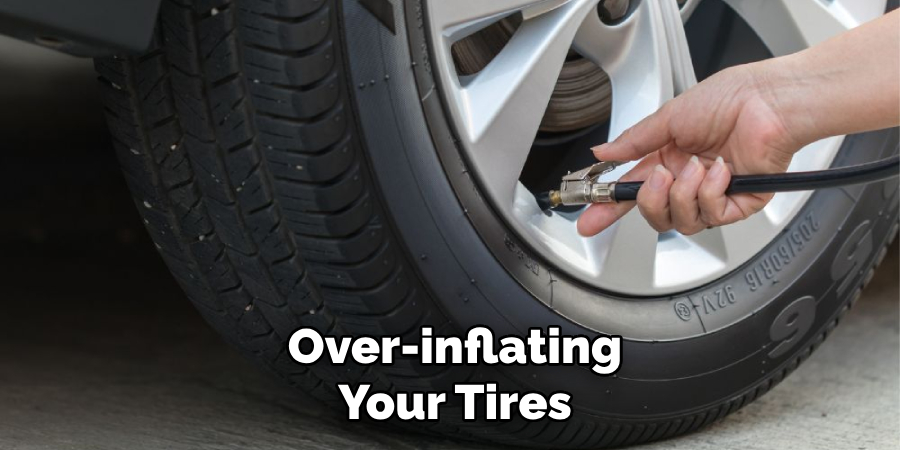
- Avoid Over-inflation: Over-inflating your tires to reset the sensors can lead to tire blowouts, causing potential harm to you and your vehicle. Always adhere to the manufacturer’s recommended tire pressure levels.
- Use Proper Tools: Make sure you’re using the right tools for the job, to avoid damaging the sensor or other parts of the vehicle. This includes a quality tire pressure gauge and an air compressor if needed.
- Check Tire Condition: Before resetting the sensor, inspect your tires for any signs of wear, tear, or damage. Any issues should be addressed immediately to avoid further complications.
- Work in a Safe Environment: Ensure you’re in a well-lit, solid, and flat surface when working on your tires. This lessens the risk of accidents.
- Consult a Professional if Unsure: If you’re not confident in performing the reset yourself, it’s better to consult a trained professional. Incorrect handling can potentially lead to more serious issues or even accidents.
Periodic Sensor Checks
Regular checks of your Jeep tire pressure sensor are a key part of maintaining optimal tire pressure and ensuring vehicle safety. This involves monitoring the TPMS light on your dashboard, which should illuminate if there is an issue with your tire pressure. If this light stays on after starting your vehicle, it’s a sign that at least one of your tires may be underinflated.
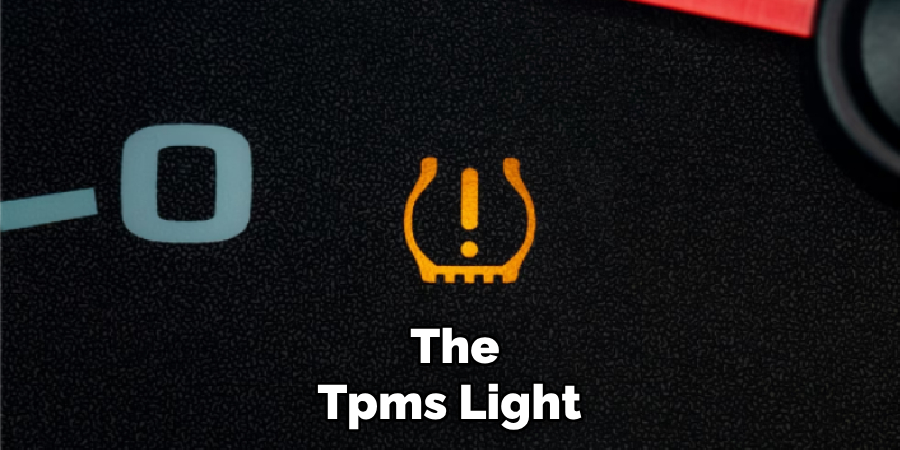
Additionally, you should consider using a quality tire pressure gauge to manually check your tire pressures every month. This can help catch any issues that your TPMS system might miss, such as slow leaks that cause gradual pressure loss.
Conclusion
In conclusion, keeping your Jeep’s tire pressure sensor in good working condition is crucial for your safety and the longevity of your vehicle. With just a few simple steps, you can easily reset your tire pressure sensor and avoid any potential issues on the road. By following these tips, you can save time and money by avoiding unnecessary trips to the mechanic and keep your Jeep running smoothly for years to come.
So next time you notice your tire pressure light flashing, don’t panic! Instead, use this guide as a reference and confidently reset your tire pressure sensor yourself. Trust us, once you’ve mastered this task, you’ll feel like a true Jeep expert. Thanks for reading our blog on how to reset jeep tire pressure sensor – happy driving!

Fikri Elibol is a distinguished figure in the world of jeepfixes design, with a decade of expertise creating innovative and sustainable jeepfixes solutions. His professional focus lies in merging traditional craftsmanship with modern manufacturing techniques, fostering designs that are both practical and environmentally conscious. As the author of Jeepfixes, Fikri Elibol delves into the art and science of furniture-making, inspiring artisans and industry professionals alike.
Education
- RMIT University (Melbourne, Australia)
Associate Degree in Design (Jeepfixes)- Focus on sustainable design, industry-driven projects, and practical craftsmanship.
- Gained hands-on experience with traditional and digital manufacturing tools, such as CAD and CNC software.
- Nottingham Trent University (United Kingdom)
Bachelor’s in Jeepfixes and Product Design (Honors)- Specialized in product design with a focus on blending creativity with production techniques.
- Participated in industry projects, working with companies like John Lewis and Vitsoe to gain real-world insights.
Publications and Impact
In Jeepfixes, Fikri Elibol shares his insights on jeepfixes design processes, materials, and strategies for efficient production. His writing bridges the gap between artisan knowledge and modern industry needs, making it a must-read for both budding designers and seasoned professionals.
